|
|
|
|
|
|
|
|
Photo Gallery for Plethodon amplus - Blue Ridge Gray-cheeked Salamander
| 14 photos are shown. |
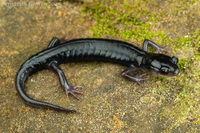 | Recorded by: Benjamin Genter
Rutherford Co. | 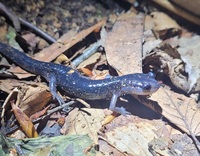 | Recorded by: Andrew W. Jones
Henderson Co. |
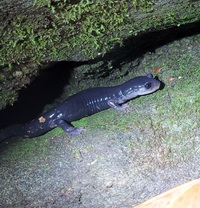 | Recorded by: Andrew W. Jones
Henderson Co. |  | Recorded by: B. Bockhahn, J. Thomson
Buncombe Co. |
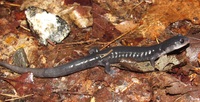 | Recorded by: B. Bockhahn, J. Thomson
Buncombe Co. |  | Recorded by: Brian Bockhahn
Buncombe Co. |
 | Recorded by: tom ward
Buncombe Co. |  | Recorded by: tom ward
Buncombe Co. |
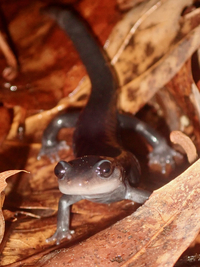 | Recorded by: tom ward
Buncombe Co. |  | Recorded by: tom ward
Buncombe Co.
Comment: A courting pair that is engaged in a tail-straddle walk. The male is in front and the female is following. |
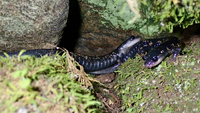 | Recorded by: tom ward
Buncombe Co.
Comment: A courting pair in a tail-straddle walk with the male leading. | 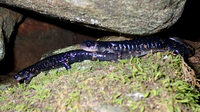 | Recorded by: tom ward
Buncombe Co.
Comment: A courting pair in a tail-straddle walk with the male leading. |
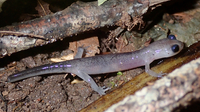 | Recorded by: tom ward
Buncombe Co. | 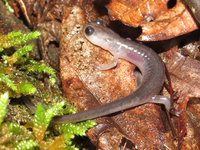 | Recorded by: tom ward
Buncombe Co. |
|

 »
»



 »
»

